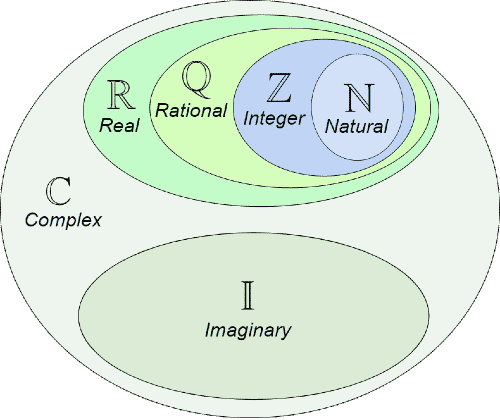- 7,040
- 6,887
Within our tiering system, we have used the phrase multiple times.
"Being “infinitely” stronger than this level, unless uncountably so, does not qualify for any higher tier."
"An uncountably infinite number, assumed to be the cardinality of the real numbers themselves"
"such exceed any possible number of levels contained in the previous tiers, including an infinite or uncountably infinite number."
"even an infinite or uncountably amount of such levels."
I understand that our Tiering Explanation Page explains using cardinals and mathematics. However, I'm sure some users, including myself, can find these mathematical concepts confusing when analyzing a narrative.
It's uncommon for traditional media to use explicit terms like "Uncountably Infinite," "Cardinals," and "Alephs." However, some franchises are able to convey the same meaning in other ways.
With that in mind, I hope we can compile common examples that our users can use as a reference or a starting point when analyzing narratives in the future.
"Being “infinitely” stronger than this level, unless uncountably so, does not qualify for any higher tier."
"An uncountably infinite number, assumed to be the cardinality of the real numbers themselves"
"such exceed any possible number of levels contained in the previous tiers, including an infinite or uncountably infinite number."
"even an infinite or uncountably amount of such levels."
I understand that our Tiering Explanation Page explains using cardinals and mathematics. However, I'm sure some users, including myself, can find these mathematical concepts confusing when analyzing a narrative.
It's uncommon for traditional media to use explicit terms like "Uncountably Infinite," "Cardinals," and "Alephs." However, some franchises are able to convey the same meaning in other ways.
With that in mind, I hope we can compile common examples that our users can use as a reference or a starting point when analyzing narratives in the future.
Last edited:



